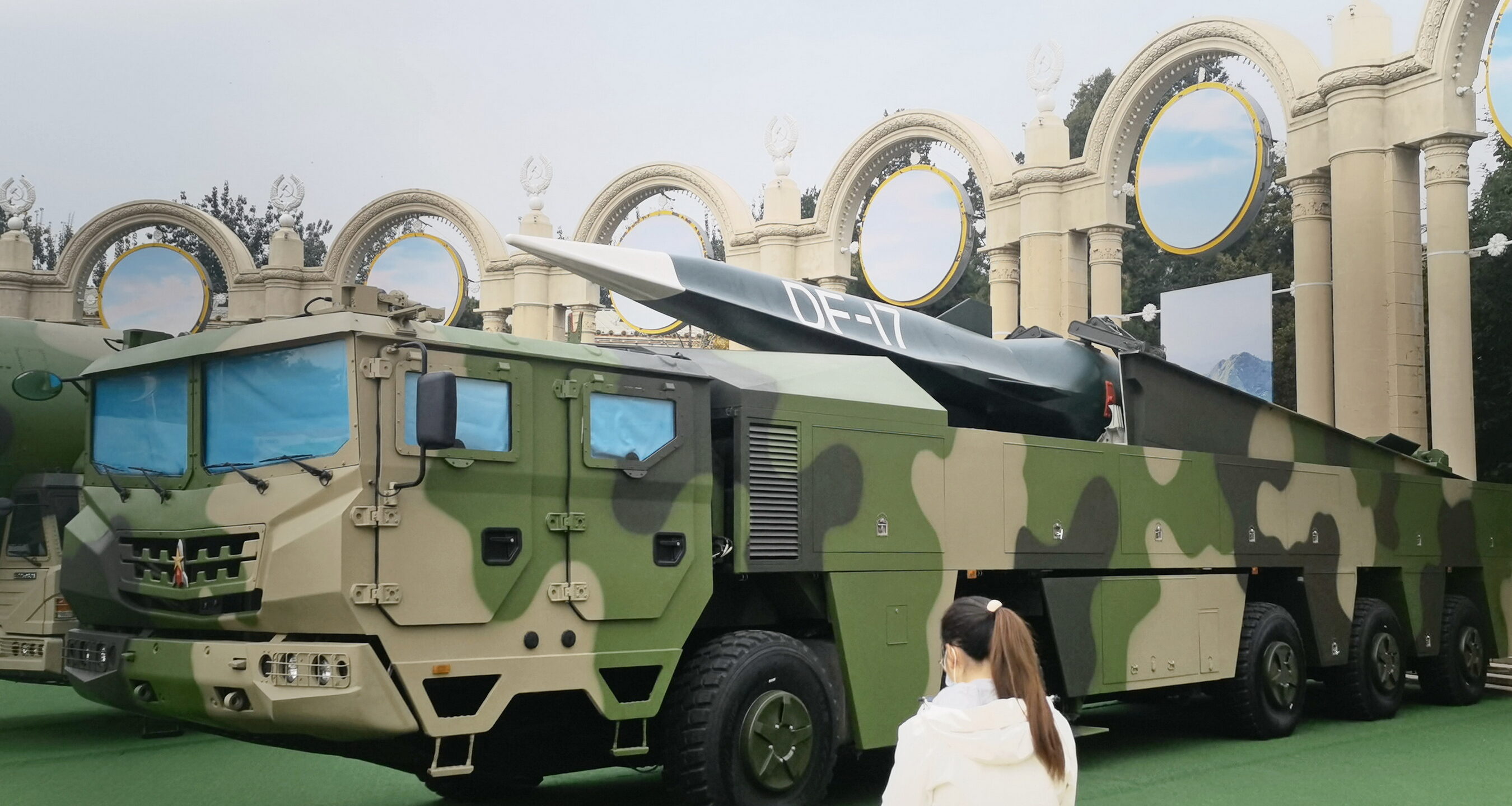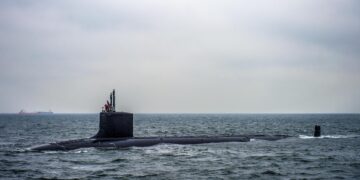
A full Chinese hypersonic arsenal with an extended range would have serious military implications, Jennifer Kavanagh, director of Military Analysis at Washington-based think tank Defense Priorities, told Business Insider.
It would mean that the People’s Liberation Army can launch these weapons from far inside China and still strike deep into American territory, potentially in the Pacific Ocean or even Hawaii or the US mainland, Kavanagh said.
“It will be easier for the PLA to protect—and harder for the United States to find and target—missile systems based deep inside China than those that must be positioned along the coast,” she said.
Skip-gliding missiles may also be harder to track and intercept, she added.
But this research only involved simulations and not actual missile tests, Kavanagh said. Even if China were able to translate this into a practical weapon, it would likely be expensive and complicated to produce.
“Theory and practice can be very different when it comes to missile ranges,” said Kavanagh.
Hypersonic missiles are especially difficult to maneuver as they get faster, and they tend to heat up quickly at top speeds.
Kavanagh noted that a future skip-gliding missile would likely still be detectable from hundreds of miles away.
More on Asia

Featuring Dan Caldwell
July 13, 2025

By Jennifer Kavanagh and Dan Caldwell
July 9, 2025

Featuring Jennifer Kavanagh and Dan Caldwell
July 9, 2025

Featuring Lyle Goldstein
July 4, 2025
Events on Military analysis





